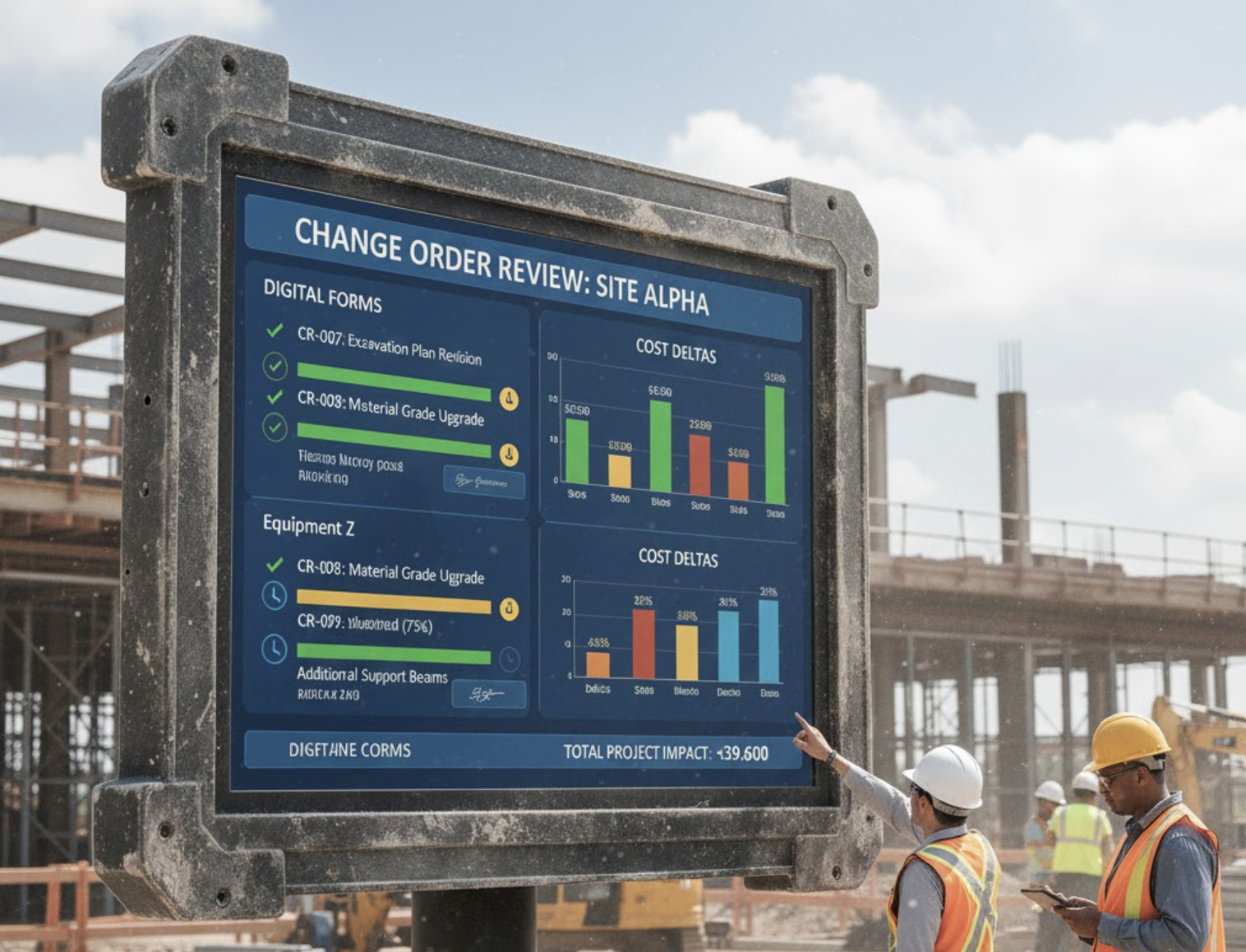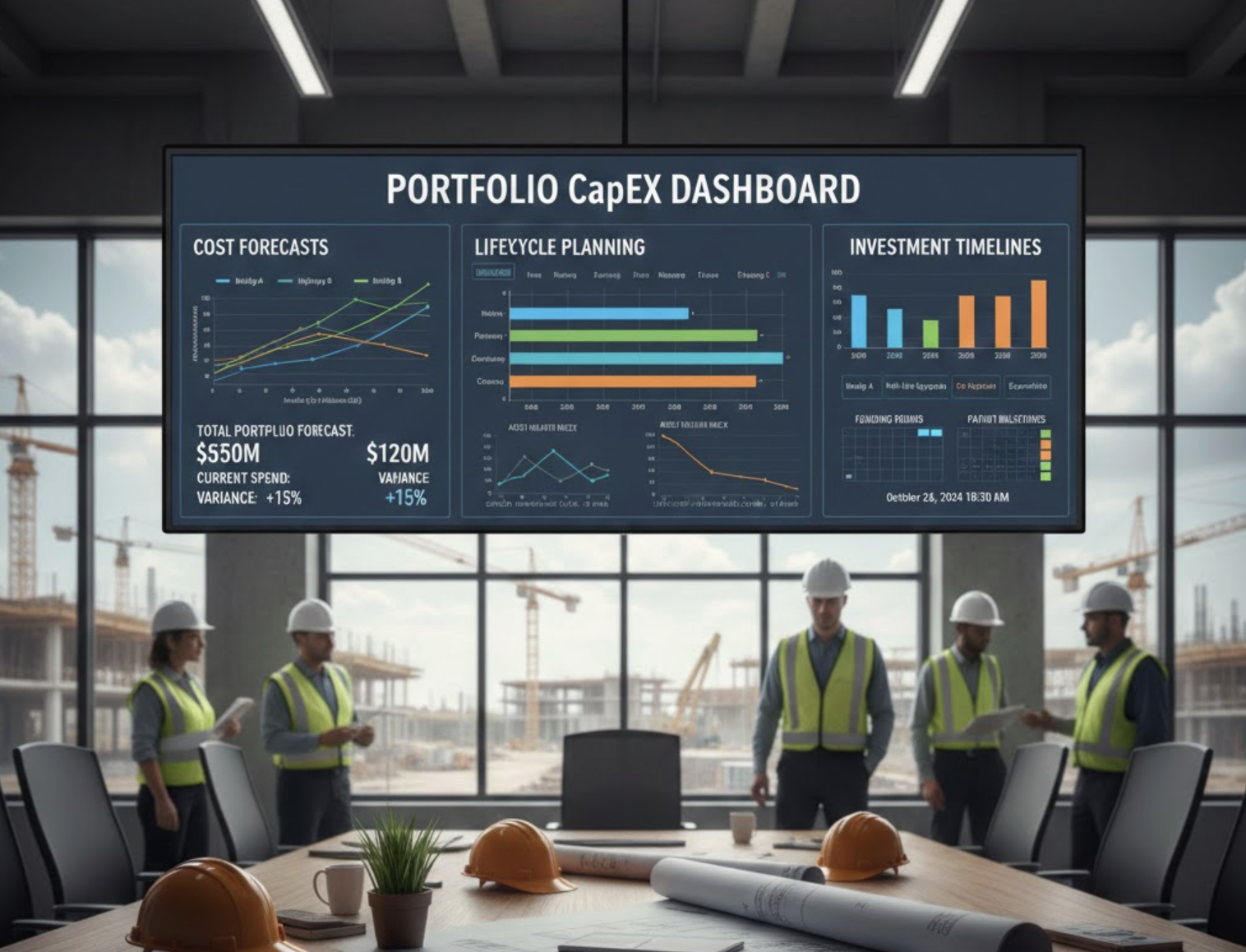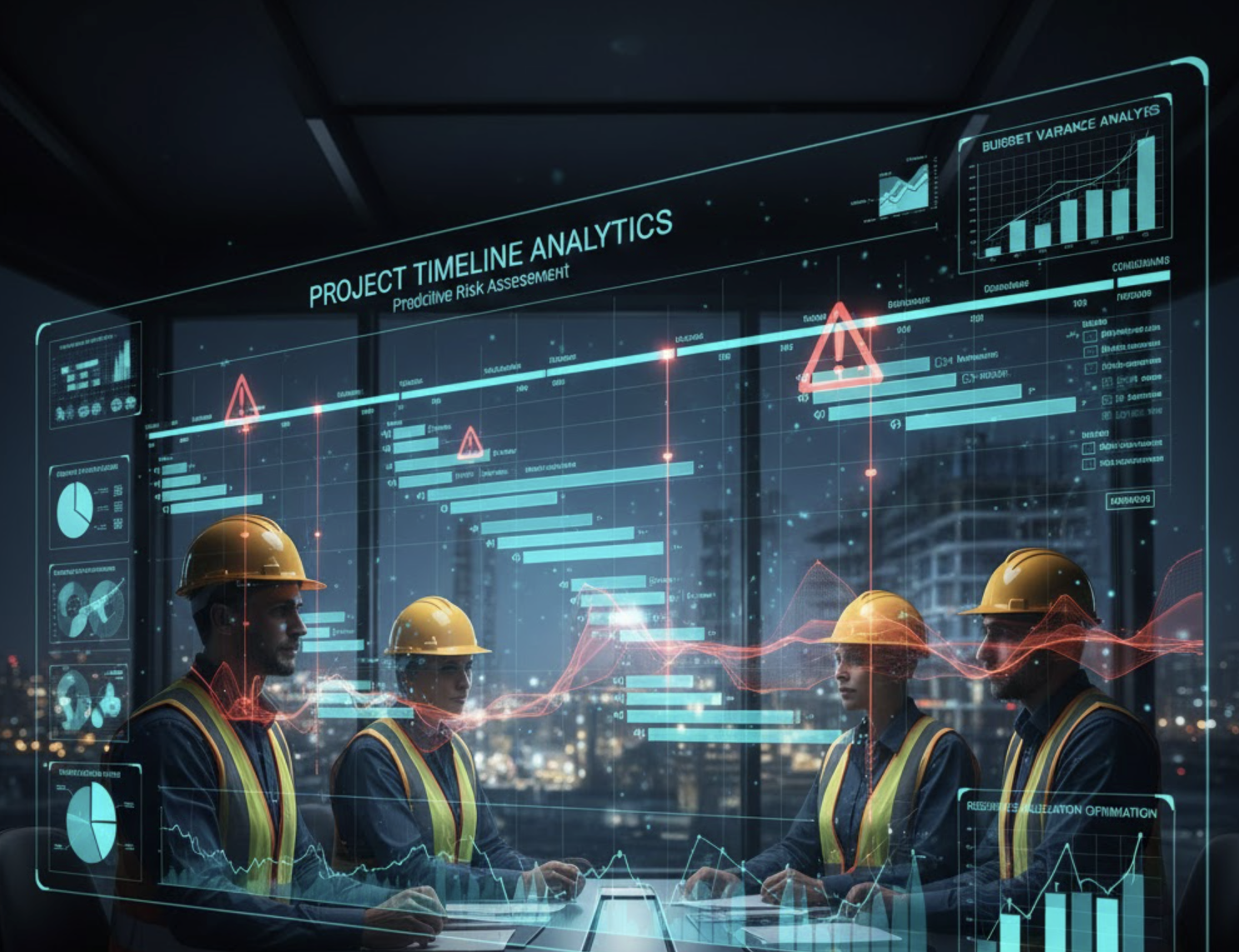AI-Powered Tender Evaluation vs Traditional Methods: A Detailed Comparison
In the construction industry, the process of tender evaluation plays a pivotal role in determining project wins and overall success rates. Traditionally, tender assessments have been grounded in manual methods, which demand considerable time and effort. However, with the rise of AI-powered tender evaluation, the landscape is transforming, bringing efficiency and reliability into procurement processes. In this blog post, we will compare these two evaluation methodologies and discover how tools like Zepth enhance tender management through innovative technology.
1. Key Concepts
Traditional Tender Evaluation
Historically, manual processes have dominated the realm of tender assessment. Evaluators often engaged in a labor-intensive procedure that involved thorough scrutiny of documents, scoring frameworks applied by panels, and a significant amount of administrative work [2][5]. The evaluation criteria have usually been price-centric, with the lowest bid often taking precedence. Although sometimes a weighted criteria system was employed for more complex projects, the inherent subjectivity in assessments posed a challenge. Human assessors considered a combination of price and non-price metrics—such as experience, technical skills, and compliance—leading to potential biases, human error, and inconsistencies across evaluations [5][8]. This entire process was not only time-consuming but could also stretch out for weeks as teams navigated across various disciplines for approval.
AI-Powered Tender Evaluation
In stark contrast, AI-powered tender evaluation methods facilitate rapid processing of vast amounts of tender documents. Utilizing machine learning algorithms, AI extracts and organizes critical data, significantly reducing the amount of manual input required [1][3]. This method leverages predictive analytics, which enables both historical learning and forecasting capabilities, producing more informed decisions for project outcomes [1]. Additionally, Natural Language Processing (NLP) technologies break down complex jargon and identify compliance requirements, leading to fewer instances of human error [1][4]. Over time, AI systems continuously improve, refining their accuracy to enhance transparency and fairness by implementing a standard assessment framework across bids.
2. Relevant Statistics
The effectiveness of AI in tender evaluations is underscored by several key statistics. For instance, cycle times can be reduced by up to 80% compared to traditional methods [3]. Organizations that implement AI in their procurement strategies have reported a threefold increase in tender opportunities pursued, alongside an impressive five-fold return on investment due to enhanced operational efficiency [7]. Furthermore, using automation technology has led to near-zero compliance misses, eliminating approximately 9% of potential revenue losses associated with human-related mistakes [7].
3. Use Cases
The construction sector presents a prime example of how AI-driven evaluations can drastically improve the tender assessment process. Contractors can benefit immensely by comparing complex bids across various dimensions, automating compliance checks, and generating reliable audit trails for public projects [3][5]. Small-to-medium enterprises (SMEs) find AI especially valuable as it equips them with predictive analytics that level the playing field, allowing them to ascertain which tenders have a higher probability of success [1]. Furthermore, in scenarios where non-price factors—such as technical capabilities and past performances—carry significant weight, AI efficiently streamlines assessments [2][8].
4. Best Practices
For Traditional Evaluations
- Weighted Criteria: Establish project-specific weights for non-price attributes like methodology, track record, and resource availability, in alignment with public procurement standards [5][8].
- Scoring Transparency: Normalize scores across both price and non-price metrics to foster consistency and fairness in evaluations [5].
For AI-Powered Evaluations
- Predefined Parameters: Utilize automated bid tabulations and scoring based on established criteria, minimizing the bias associated with manual judgments [4].
- Compliance Automation: Implement AI tools to verify document completeness and identify risks of disqualification pre-submission [7].
- Continuous Learning: Regularly update AI models with new data to enhance predictive accuracy and adapt to market dynamics [1].
5. Emerging Innovations
The landscape of procurement is rapidly evolving with specialized AI systems tailored specifically to address industry-specific compliance, risk vetting, and bid scoring challenges [7]. Moreover, integrated e-tendering platforms are starting to connect seamlessly with ERP systems and other project management tools, facilitating end-to-end workflow automation [3]. By enabling mobile and cloud capabilities, these platforms foster real-time collaboration, allowing distributed teams to participate actively from any location, thereby expediting the review and approval processes [3].
6. Challenges & Limitations
Despite the clear advantages, transitioning to AI-powered systems does come with its set of challenges. AI limitations include dependence on high-quality data—systems require access to clean, structured data and regular algorithm retraining to maintain effectiveness. The shift from manual operations to AI necessitates organizational buy-in and thorough training to ensure full realization of efficiency gains. Additionally, a concern exists around data bias: if historical tender evaluations were skewed, there’s a risk that AI may perpetuate these patterns unless measures are taken to address them explicitly.
7. How Zepth Can Help
With cutting-edge technology and a user-friendly interface, Zepth stands out as a leader in optimizing the tender evaluation process. Here’s how Zepth enhances your systems:
- Centralized Tender Management: Zepth offers a unified platform for comprehensive tender management, incorporating AI-driven document analysis, workflow automation, and effective stakeholder collaboration.
- Real-Time Tracking & Compliance: Automated compliance checks, risk flagging, and detailed bid comparisons ensure higher accuracy and create a transparent assessment process.
- Data-Driven Insights: Zepth provides actionable reporting and analytics, generating insights related to bid trends, contractor performance, and procurement efficiencies.
- Integration Capabilities: The solution seamlessly connects with construction management modules, fostering unified oversight across projects and document control.
For further details on how Zepth can optimize your Tender Management Process, harness AI & Analytics in Construction, or explore the Document Management Features, visit our solution pages!
Summary Table: AI-Powered vs Traditional Tender Evaluation
| Aspect | Traditional Methods | AI-Powered Evaluation |
|---|---|---|
| Speed | Weeks | Minutes to hours |
| Accuracy | Prone to error & subjectivity | Highly accurate, consistent |
| Compliance | Manual, risk of missing details | Automated checks ensure full compliance |
| Capacity | Limited by human resources | Scalable; more tenders handled simultaneously |
| Insight Generation | Retrospective, manual | Predictive analytics & insights |
| Transparency | Depends on assessor diligence | Fully auditable, transparent process |
For a deeper dive into weighted criteria scoring, explore the impact of digital transformation on procurement, or check out how Zepth leverages AI-based document analytics in projects by visiting our AI & Analytics in Construction page and Document Management Features page.




